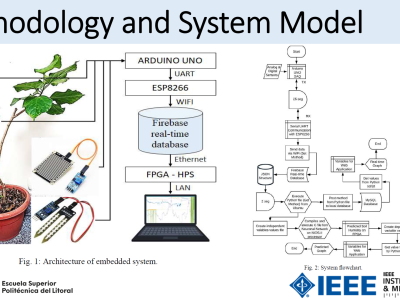UWB CIR Data Collected in 9 Different Environments in Ghent, Belgium

- Citation Author(s):
-
David Plets (INTEC-WAVES, Ghent University and imec)Ben Van Herbruggen (INTEC-IDLAB, Ghent University and imec)Jaron Fontaine (INTEC-IDLAB, Ghent University and imec)Leen Verloock (INTEC-WAVES, Ghent University and imec)Eli De Poorter (INTEC-IDLAB, Ghent University and imec)Jukka Talvitie (Unit of Electrical Engineering, Tampere University)
- Submitted by:
- Ghazaleh Kia
- Last updated:
- DOI:
- 10.21227/kt06-tw72
- Data Format:
 664 views
664 views
- Categories:
- Keywords:
Abstract
This dataset is made of the Channel Impulse Response (CIR) data collected in 9 different environments in Ghent city, Belgium. These environments include:
1. Fourth floor at iGent Tower in the premises of Gent University
2. Zwijnaarde Open Area
3. Stadhuis Street and Nearby
4. Zuid Mall
5. Portus Ganda
6. Sint-Pieters Railway Station
7. Krook library
8. Citadel Park
9. Graffiti Straat
The devices utilized to do the collection are Wi-PoS UWB hardware platform (information on devices are available in Sensors | Free Full-Text | Wi-PoS: A Low-Cost, Open Source Ultra-Wideband (UWB) Hardware Platform with Long Range Sub-GHz Backbone (mdpi.com).) The used channel for the transceiver is the UWB channel 5 with a center frequency of 6.489 GHz and bandwidth of 499.2 MHz. The bitrate is 110 kbps with Pulse Repetition Frequency (PRF) of 64 MHz and preamble length of 4096. Furthermore, the time resolution of the CIR is 1.016ns.
More information on the environments, the methodology of data collection, and one use case will be available later in an IEEE paper. The paper information and doi will be added to the dataset information after paper publication.
Instructions:
There are 9 folders in the main folder. The name of the 9 folders are the name of the 9 environments in which the data collection was done. There are more than 4000 CIR vectors in each folder. Each CIR vector has 300 samples and each vector is saved in a MATLAB binary file (.mat). The elements of vectors are complex numbers of the CIR samples. The MATLAB files are named with 'mat'+'the number of the vector' as mat0.mat , mat1.mat , mat2.mat , ....
The provided dataset is made of row CIR measurements. They can be processed with different tools based on the purpose. For example, the tool that we have utilized for the data preparation for our research purpose is MATLAB. After data preparation, the dataset can be processed by data analysis methods such as machine learning algorithms. The data analysis can be done by various methodologies such as Python programming and Spyder (Anaconda) development environment.







